
Eric Allin Cornell is an American physicist who, along with Carl E. Wieman, was able to synthesize the first Bose–Einstein condensate in 1995. For their efforts, Cornell, Wieman, and Wolfgang Ketterle shared the Nobel Prize in Physics in 2001.
Sajeev John, OC, FRSC is a Professor of Physics at the University of Toronto and Canada Research Chair holder. He is known for his discovery of photonic crystals.
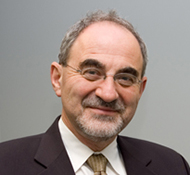
Eli Yablonovitch is an American physicist and engineer who, along with Sajeev John, founded the field of photonic crystals in 1987. He and his team were the first to create a 3-dimensional structure that exhibited a full photonic bandgap, which has been named Yablonovite. In addition to pioneering photonic crystals, he was the first to recognize that a strained quantum-well laser has a significantly reduced threshold current compared to its unstrained counterpart. This is now employed in the majority of semiconductor lasers fabricated throughout the world. His seminal paper reporting inhibited spontaneous emission in photonic crystals is among the most highly cited papers in physics and engineering.
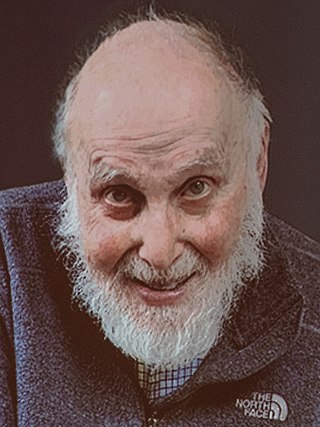
Arthur Ashkin was an American scientist and Nobel laureate who worked at Bell Laboratories and Lucent Technologies. Ashkin has been considered by many as the father of optical tweezers, for which he was awarded the Nobel Prize in Physics 2018 at age 96, becoming the oldest Nobel laureate until 2019 when John B. Goodenough was awarded at 97. He resided in Rumson, New Jersey.
Federico Capasso is an applied physicist and is one of the inventors of the quantum cascade laser during his work at Bell Laboratories. He is currently on the faculty of Harvard University.

Chandra Kumar Naranbhai Patel (born 2 July 1938) is an electrical engineer. He developed the carbon dioxide laser in 1963; it is now widely used in industry for cutting and engraving a wide range of materials like plastic and wood. Because the atmosphere is quite transparent to infrared light, CO2 lasers are also used for military rangefinding using LIDAR techniques.
Paul Aimé Fleury is an American physicist and academic administrator. He was the dean of the faculty of engineering at Yale University and is the Frederick W. Beinecke Professor of Engineering and Applied Physics and professor of physics.
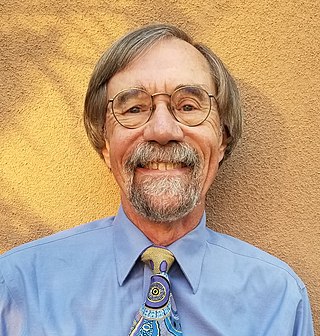
Carlton Morris Caves is an American theoretical physicist. He is currently professor emeritus and research professor of physics and astronomy at the University of New Mexico. Caves works in the areas of physics of information; information, entropy, and complexity; quantum information theory; quantum chaos, quantum optics; the theory of non-classical light; the theory of quantum noise; and the quantum theory of measurement. He is a Fellow of the American Physical Society and of the American Association for the Advancement of Science and is a member of the US National Academy of Sciences.

Cherry A. Murray is an American academic who is professor of physics and the director of the Biosphere2 Institute at the University of Arizona at Tucson. She is the Benjamin Peirce Professor of Technology and Public Policy emerita at, and former dean of, the Harvard School of Engineering and Applied Sciences (SEAS).
Yuen-Ron Shen is a Chinese physicist. He is a professor emeritus of physics at the University of California, Berkeley, known for his work on non-linear optics. He was born in Shanghai and graduated from National Taiwan University. He received his Ph.D. in Applied Physics from Harvard under physicist and Nobel Laureate Nicolaas Bloembergen in 1963, and joined the department of physics at Berkeley in 1964. In the early years, Shen was probably best known for his work on self-focusing and filament propagation of laser beams in materials. These fundamental studies enabled the creation of ultrafast supercontinuum light sources. In the 1970s and 1980s, he collaborated with Yuan T. Lee on the study of multiphoton dissociation of molecular clusters. The molecular-beam photofragmentation translational spectroscopy that they developed has clarified much of the initial confusion concerning the dynamics of infrared multiphoton dissociation processes. In the 1980s and 1990s, Shen developed various nonlinear optics methods for the study of material surfaces and interfaces. Among these techniques, second-harmonic generation and sum frequency generation spectroscopy are best known and now widely used by scientists from various fields. He has collaborated with Gabor Somorjai on the use of the technique of Sum Frequency Generation Spectroscopy to study catalyst surfaces. He is the author of the book The Principles of Nonlinear Optics. Shen belongs to the prolific J. J. Thomson academic lineage tree. Currently, Shen works in U. C. Berkeley and Fudan University in Shanghai.
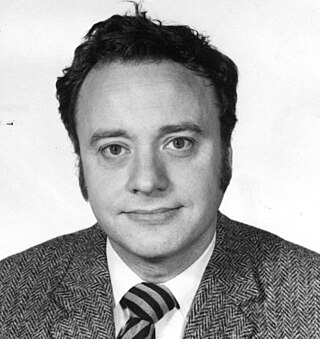
Manuel Cardona Castro was a condensed matter physicist. According to the ISI Citations web database, Cardona was one of the eight most cited physicists since 1970. He specialized in solid state physics. Cardona's main interests were in the fields of: Raman scattering as applied to semiconductor microstructures, materials with tailor-made isotopic compositions, and high Tc superconductors, particularly investigations of electronic and vibronic excitations in the normal and superconducting state.
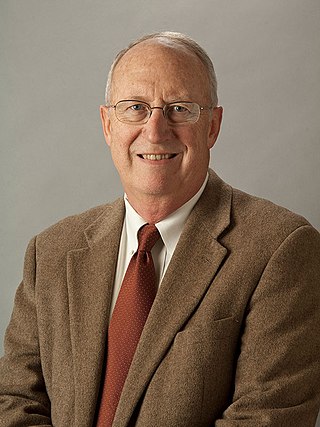
John Arthur Woollam is an American educator, research physicist, electrical engineer, and George Holmes Distinguished Professor at the University of Nebraska–Lincoln in Lincoln, Nebraska. He is also a successful entrepreneur who in 1987 founded the J.A. Woollam Company, an ellipsometry company based in Lincoln, Nebraska, and a world leader in the research, development, and commercialization of ellipsometry instruments. Woollam is also a known as a philanthropist and nature conservationist.
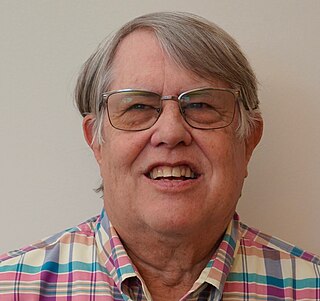
James R. Chelikowsky is a professor of physics, chemical engineering, and chemistry at The University of Texas at Austin. He is the director of the Institute for Computational Engineering and Sciences' Center for Computational Materials. He holds the W.A. "Tex" Moncrief Jr. Chair of Computational Materials.
Ramamoorthy Ramesh is an American materials scientist of Indian descent who has contributed to the synthesis, assembly and understanding of complex functional oxides. In particular, he has worked on the fundamental science and technology translation of ferroelectric perovskites, manganites with colossal magnetoresistance, and multiferroic oxides with potential benefits for modern information technologies. To date, Ramesh has >675 publications with >100,000 citations, resulting in an h-index >150. He was named Citation Laureate for his research on multiferroics (2014).

Charles Vernon (Chuck) Shank is an American physicist, best known as the director of the Lawrence Berkeley National Laboratory from 1989 to 2004.
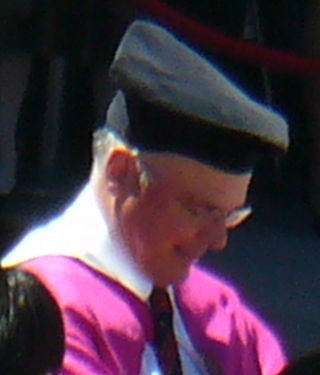
David A. B. Miller is the W. M. Keck Foundation Professor of Electrical Engineering at Stanford University, where he is also a professor of Applied Physics by courtesy. His research interests include the use of optics in switching, interconnection, communications, computing, and sensing systems, physics and applications of quantum well optics and optoelectronics, and fundamental features and limits for optics and nanophotonics in communications and information processing.
Swapan Kumar Pati is an Indian quantum chemist, a professor of the department of chemistry at the Jawaharlal Nehru Centre for Advanced Scientific Research and the head of the Quantum Theory Molecules to Materials Group at the institute. He is known for his studies on electronic optical and magnetic phenomena in molecular systems and is an elected fellow of the Indian Academy of Sciences, National Academy of Sciences, India and The World Academy of Sciences. The Council of Scientific and Industrial Research, the apex agency of the Government of India for scientific research, awarded him the Shanti Swarup Bhatnagar Prize for Science and Technology, one of the highest Indian science awards, in 2010, for his contributions to chemical sciences.
Ranganathan Shashidhar is a US-based Indian condensed matter physicist and a former head of the Laboratory for Molecularly Engineered Materials and Surface of the Center for Biomolecular Science & Engineering, a division of the United States Naval Research Laboratory. Known for his research on liquid crystals, Shashidhar is an elected fellow of the Indian Academy of Sciences and the senior vice president of Polestar Technologies, a US-based company involved in the development of sensing technologies. The Council of Scientific and Industrial Research, the apex agency of the Government of India for scientific research, awarded him the Shanti Swarup Bhatnagar Prize for Science and Technology, one of the highest Indian science awards, for his contributions to Physical Sciences in 1984.
John D. Joannopoulos is an American physicist, focused in condensed matter theory. He is currently the Francis Wright Davis Professor of Physics at Massachusetts Institute of Technology, an Elected Member of the National Academy of Sciences (NAS), an Elected Member of the American Academy of Arts and Sciences (AAA&S), and an Elected Fellow of the American Association for the Advancement of Science (AAAS) and American Physical Society (APS).
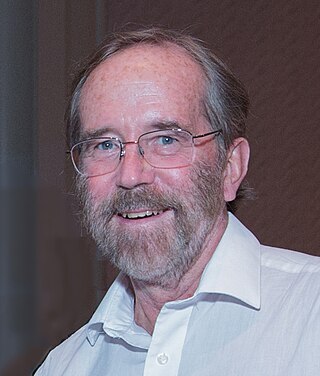
Joseph "Joe" E. Greene, known in his professional writing as J. E. Greene was an American materials scientist, specializing in thin films, crystal growth, surface science, and advanced surface engineering. His research and scientific contributions in these areas have been described as "pioneering" and "seminal" and that his work "revolutionized the hard-coating industry".











